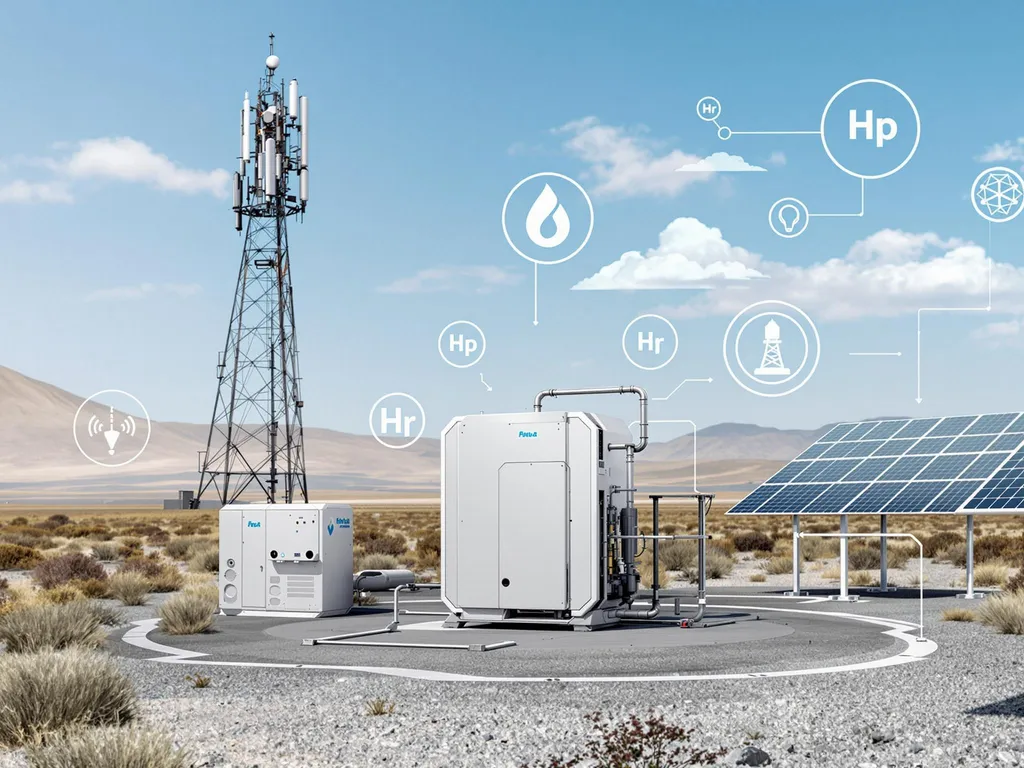Ember Infrastructure's Strategic Move: Transforming Energy with Hydrogen Innovation
Key Ideas
- Ember Infrastructure's acquisition of Caban Systems marks its entry into the hydrogen space for clean, fuel cell-powered energy solutions.
- Caban Systems' expertise in PEM fuel cell technology offers a cleaner and more reliable alternative to diesel generators, particularly in telecom and remote sites.
- The acquisition aligns with the trend towards hydrogen fuel cells and distributed clean power systems, supporting industry efforts for decarbonization and enhancing resilience during grid failures.
- The partnership benefits both companies, positioning Ember Infrastructure as a key player in clean tech and providing Caban Systems with resources to expand its market reach.
Ember Infrastructure has made a significant move by acquiring Caban Systems, a U.S. company recognized for its innovative fuel cell-powered backup energy systems. This deal, finalized in early 2024, signifies Ember's strategic shift towards hydrogen technology as part of its sustainable energy investments. Caban Systems specializes in PEM fuel cell and energy storage systems, offering cleaner and more dependable backup power solutions compared to traditional diesel generators. The acquisition is timely, reflecting the increasing interest in hydrogen fuel cells and clean power systems that alleviate strain on electrical grids and enhance resilience in critical infrastructure like telecom sites. By embracing such solutions, industries are advancing their decarbonization efforts, especially in challenging areas like backup power supply. For Ember Infrastructure, this acquisition not only strengthens its position in the clean tech sector but also opens up opportunities in the fast-growing hydrogen domain. On the other hand, Caban Systems benefits from access to new capital and operational support, enabling the company to scale up its operations and introduce its innovative solutions to a broader market. This strategic partnership underscores the shift towards hydrogen-based infrastructure and underscores the narrative that the future of backup power lies in hydrogen technology rather than diesel, showcasing a positive outlook on the potential of hydrogen in transforming the energy landscape.
